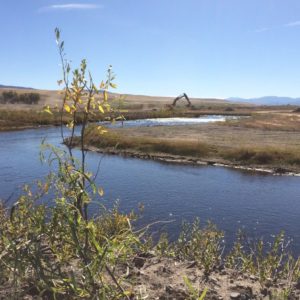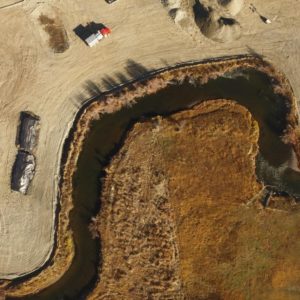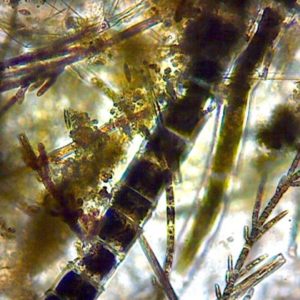Superfund Performance Monitoring
Evaluating the ecological response to large-scale Superfund remediation of the Upper Clark Fork River Basin in western Montana.
Since 2010, RESPEC staff have provided technical consulting services to the state of Montana to evaluate the ecological response to large-scale Superfund remediation of the upper Clark Fork River Basin in western Montana. Uncontrolled disposal of copper mining, milling, and smelting wastes in the Butte mining district (located in the headwaters of the Clark Fork River Watershed) resulted in heavy metal (i.e., cadmium, copper, lead, mercury, and zinc) and arsenic contamination throughout a 150-mile river reach. In total, an estimated 2 million cubic meters of tailings were deposited directly into the Silver Bow Creek (a tributary of the Clark Fork River) and were redistributed throughout the river and floodplain by regular flood events during the mining period (c. 1870 to 1982). Silver Bow Creek and the Clark Fork River were separated into distinct, Superfund-operable units, and remediation in the basin has been ongoing since 1998. The state of Montana, through the Department of Environmental Quality, serves as the lead agency for the primary cleanup efforts in both operable units, and RESPEC provides comprehensive monitoring services for both.
Sources of metal contaminants of concern in these operable units include tailings mixed with soil within the historic 100-year floodplain (primary source), contaminated surface water and groundwater (i.e., shallow groundwater and deep groundwater in flooded underground mines), contaminated in-stream sediments, contaminants in city infrastructure and agricultural irrigation systems, and aerial deposition of contaminants from smelter dust. Ecological receptors from these contaminants include aquatic plants and algae (i.e., periphyton), macroinvertebrates, fish, terrestrial invertebrates and plants, and terrestrial secondary and tertiary consumers (e.g., song birds, small mammals, waterfowl, and avian predators) through trophic transfer of the contaminants.
The monitoring programs in the Clark Fork River Watershed are primarily intended to assess whether or not remedial actions are successful in meeting performance standards. In addition, monitoring data are collected to help the remedial design team improve the effectiveness of remedial actions. RESPEC staff provide a full range of ecological monitoring services and technical expertise to understand and describe the ecological injury in these operable units and to evaluate progress toward improving conditions in the system. RESPEC’s staff are highly experienced at designing monitoring networks to identify contaminant sources and analyzing monitoring data to evaluate temporal and spatial changes in contaminant concentrations and loads. RESPEC also collects and analyzes biological monitoring data to evaluate the response of aquatic biota to environmental stress from contaminants. These bio-indices are particularly important for differentiating the effects of specific environmental stressors because multiple stressors commonly coexist in aquatic and terrestrial systems (e.g., nutrient enrichment and habitat degradation and metal contamination). RESPEC staff also conduct detailed geomorphic, vegetation, and wetland monitoring in the terrestrial environment to evaluate restoration actions in the floodplain.





Stay in Touch